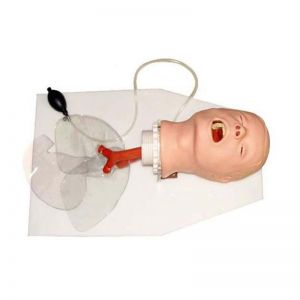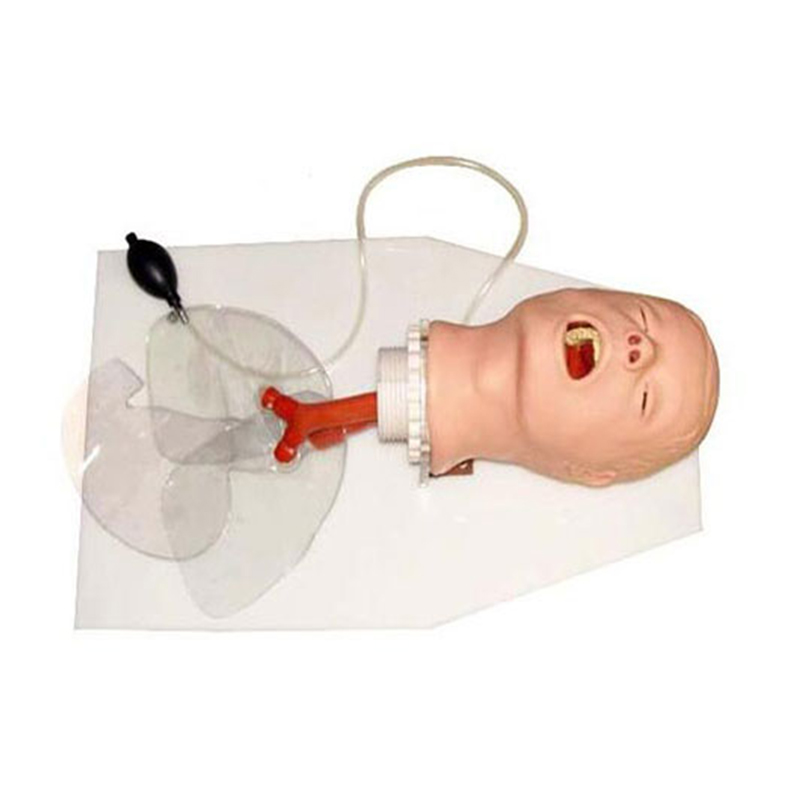ADA MED SUPPLY LIMITED
Phone:+86 19937901373
Tel:+86-0379-65160607
Email:adaanatomy@adaanatomy.com

Article tag: Tracheal intubation training model intubation model

Tracheal intubation training models play a vital role in medical training and simulation practice by providing a safe, controlled environment for healthcare professionals to practice and familiarize themselves with tracheal intubation operations, thus ensuring the accuracy of the intubation in the actual operation. Here are some key steps and strategies designed to help healthcare professionals ensure the accuracy of intubation operations through training models:

First, the preparation stage
Select the right model: Ensure that the selected tracheal intubation training model can realistically simulate the structure and response of the human airway. These models should have realistic airway anatomy, including larynx, vocal cords and trachea.
Check the condition of the model: Before use, carefully check that the various parts of the model are intact, especially if the airway part is unimpeded. This helps to avoid operational errors caused by model problems during training.
Second, the operation stage
Review of theoretical knowledge: Before starting the operation, review and review the basic theory, indications, contraindications and operation skills of tracheal intubation. This helps to ensure correct judgment and operation in practice.
Correct placement of the patient: The model is placed in the correct position, usually with the head tilted back so that the mouth, pharynx, and trachea are basically overlapping on an axis to better expose the glottis.
Use the laryngoscope: Hold the laryngoscope in the left hand, deep into the mouth along the back of the tongue until the edge of the epiglottis is seen. Then, the front end of the laryngoscope was placed at the junction of the epiglottis and the base of the tongue, and the laryngoscope was raised to expose the glottis.
Insert the tracheal catheter: Hold the tracheal catheter in the right hand and insert it into the glottis. After the glottis was inserted for about 1cm, the catheter core was removed and continued to rotate into the trachea for 3-4cm. At this point, attention should be paid to the signal light or indicator on the model to ensure that the catheter is correctly inserted into the trachea and not the esophagus.
Fixation catheter: Insert a dental pad into the side of the tracheal catheter, and use tape to properly fix the catheter and dental pad. This helps prevent the catheter from shifting or falling out.
Iii. Evaluation and summary
Evaluation of the effect of the operation: After the intubation operation is completed, the model is evaluated to ensure that the intubation is accurate and has not been inserted into the esophagus or other sites by mistake. At the same time, pay attention to the model for air leakage, bleeding, or other abnormalities.
Summarize the experience and lessons: After each training, summarize the experience and lessons of this operation, analyze the existing problems and shortcomings, and formulate corresponding improvement measures. This helps to continuously improve the accuracy and proficiency of intubation operations.